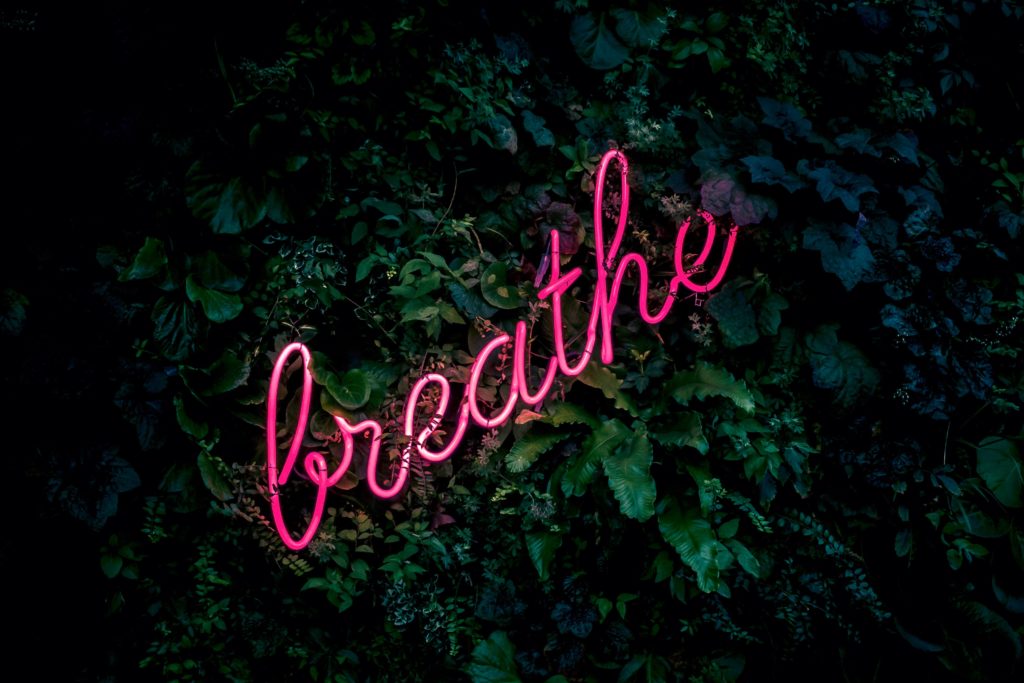Vocal Fry: Annoying Affectation or Totally Normal?

Kim Kardashian Photo by Eva Rinaldi / CC BY-SA
Kim Kardashian is doing it. So is Katy Perry, Scarlett Johansson, Emma Stone, and Zooey Deschanel.
All of these celebrities, whether intentional or not, use a linguistic effect that tends to grate on some ears, but pass without much notice through others. We are talking about vocal fry. And, while men also do it (more on that later), women get a disproportionate amount of attention when they use it.
Have you heard it or heard of it? Perhaps, you are a vocal fry-er yourself.
If you are a public speaker and vocal fry is part of your verbal delivery, it’s worth knowing how you may be coming across to your audience. So, here is a quick primer on a vocal effect that has been getting a lot of attention.
What Is Vocal Fry?
It’s really nothing new. We’ve used it for as long as we’ve spoken to one another, with some languages more reliant on it than others. It’s a natural vocal effect that is typically heard at the end of a sentence when not enough air is pushed through the vocal cords. A person’s voice drops to its lowest register and sounds raspy, or creaky.
You can try it yourself: Say something right after you’ve inhaled, then something right after you’ve exhaled. Without air, you sound gravellier – like you are developing laryngitis.
It’s only become controversial in recent years because of the way other people perceive those who use it. Anecdotal and empirical findings suggest listeners make assumptions about the speaker’s intelligence, competence, and attractiveness. And even though it is used by men and women alike (we easily could have included Jeff Bridges and Benedict Cumberbatch in the list), women tend to be judged more harshly for it.
Here’s a good take on the phenomenon by The Wall Street Journal:
(By the way, if you listen closely to the video, NPR’s Ira Glass, in explaining vocal fry, uses it himself.)
Among the more prevalent criticisms of the women who use it is the assumption that they are using it as an affectation or a sign of insecurity. Several years ago, feminist author Naomi Wolf suggested vocal fry among young women was causing them to “disown their own power.”
Recent research into vocal fry suggests that women do indeed have a tougher go of it than men when their voices slip into a lower register. A study in 2014 found that although vocal fry, whether used by men or women, was judged more negatively than a normal speaking tone, women were particularly seen to be “less competent, less educated, less trustworthy, less attractive, and less hirable.” In another study, young women “fry-ers” were perceived to be “hesitant, nonaggressive, and informal.”
Interestingly, another study found men use vocal fry more than women – but those results don’t seem to have attracted the same level of mainstream press.
There has been push back, and rightly so. Why should society be telling women how to speak? Additional research suggests a lower pitch can convey authority. Perhaps women are making an educated and strategic choice to lower their voices. What is a speaker to do?
This Is What You Can Do …
Clearly, as a speaker, you have the right to determine how you address the social dynamics and gender bias at play concerning vocal fry. However, if you feel as if you are adapting your delivery because you feel less than qualified or you think those in the audience think you are, take back that power by projecting your words from a position of strength.
In the end, wherever you fall on this social phenomenon, you should be aware your audience makes assumptions about you based on a variety of cues – your appearance, your attire, your body language, and the sound of your voice.
If you want to avoid vocal fry, here are a few tips:
Stand tall. A good posture not only conveys confidence, but also allows you to breathe deeply.
Take a deep breath before you begin to speak and, as you begin to exhale, start speaking. Breathe again at the end of every sentence. Not only will it raise your pitch, but it will give energy to your words. Another strike against vocal fry is that it can make whoever is using it sound disinterested.
Exhale slowly and complete your thought before you are out of breath.
Avoid run-on sentences. In general, you want to sound competent and confident about your material, as opposed to sounding as if you are trying to squeeze it all in.
Hydrate. Keep those cords and that throat happy! It’s best if you stay consistently hydrated, however, rather than guzzling an entire bottle of water right before you go on.
Record yourself. We inevitably employ different voices for different circumstances. You might talk differently to your friends than you do to your doctor. We are constantly adjusting based on context. Record yourself speaking in a variety of situations. Have someone else review it and solicit feedback. Is vocal fry evident in some and not others? Then, record yourself employing some of these tips and note any differences.
Practice. The more you practice, the more adept you will become at knowing how and when to breathe quickly and imperceptibly between sentences.
Being aware of preconceived notions allows you to make an informed choice on how (and whether) to counter them. Such reflection well before your talk can help you to more effectively create a bond with your audience and make sure your message is heard.



